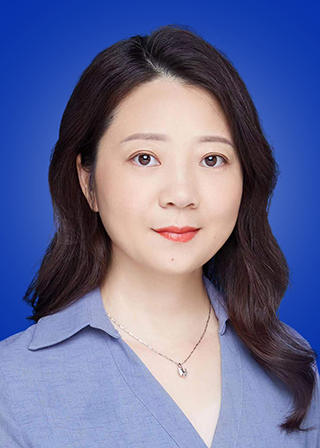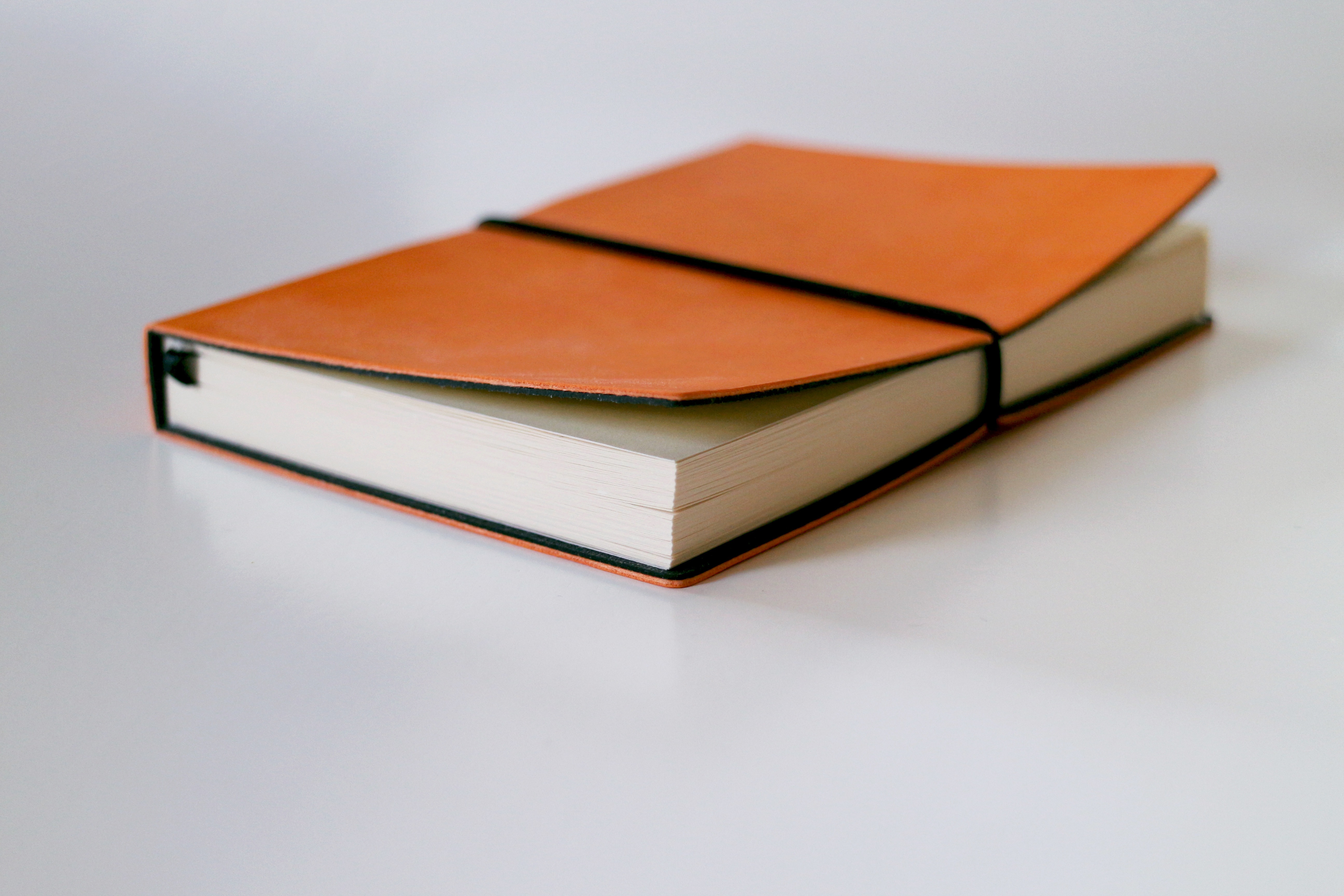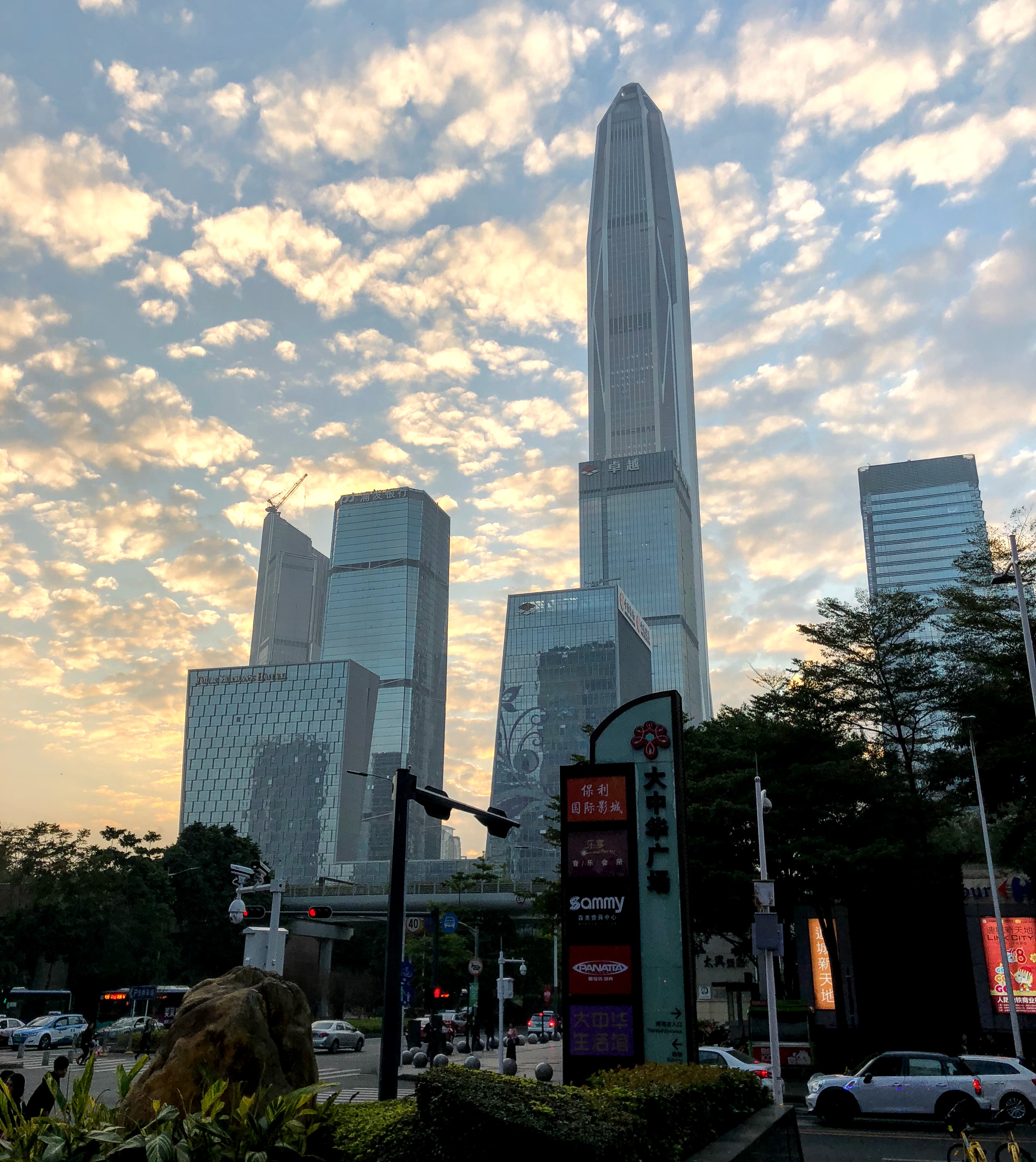2019 China’s Top 50 Representative IP Cases
Shenzhen Weibang Technology Co. Ltd v. Li Jianyi & Shenzhen Yuancheng Intelligence Equipment Co. Ltd (2019最高法民申6342号)
Each year in China there are hundreds of disputes over patent ownership. A significant part of them are related to “Service Inventions”, which are defined in Article 6 of the Chinese Patent Law as any invention made by an employee (1) in the course of performing the employee’s duties or (2) mainly by using the materials or technical means of the employer. Under Chinese patent law, these inventions automatically belong to the employer. No separate assignment or employment agreement needs to be in place.
Article 12 of the Rules of Implementation further clarifies Article 6 of the law by defining these Service Inventions to also include any invention made within one year upon retirement, resignation or termination of his employment, provided that the invention relates to the employee’s own duties or other tasks entrusted to him by the employer.
In other words, the employer can “claw back” ownership of inventions made by a former employee within one year of the employee leaving the company as long as the invention relates to the employee’s former job duties or uses the company’s resources.
The People’s Supreme Court highlighted this issue in one of its 2019 Top 50 Representative IP Cases to illustrate the factors that one should consider when determining whether an invention should be classified as a “service invention”.
The Facts
Li Jianyi (“LI”), a former employee of Shenzhen Weibang Technology Co. Ltd (“Weibang”), filed a patent application on a medical dispensing device in his own name three months after leaving Weibang. After the application granted in 2015, LI transferred the patent right to Shenzhen Yuancheng Intelligence Equipment Co. Ltd (“Yuancheng”), a company established before LI joined Weibang and of which LI has been the legal representative and majority shareholder ever since.
Weibang filed a lawsuit in 2016 before Shenzhen Intermediate Court, claiming the patent right should belong to Weibang. Shenzhen Intermediate Court ruled in favor of Weibang. LI & Yuancheng appealed to Guangdong High Court, which affirmed the original judgement, so they then applied for a retrial before the People’s Supreme Court. The People’s Supreme Court dismissed the retrial application and reasoned its considerations in its ruling.
The Issue: Is LI’s Invention a Service Invention?
Weibang argued the invention was a service invention and provided countless pieces of evidence that showed LI was a co-director of R&D at the company, participated in R&D meetings and discussions, received reports on R&D testing, and reviewed technical drawings that were closely related to the patented technology. An earlier filed Weibang patent was very similar to the patent in dispute and had been cited as an “X” reference (having novelty/inventive step issues) during examination.
Meanwhile LI argued the invention was not a service invention, even though he filed for a patent within three months of leaving the company. He claimed he made the invention with his own efforts based on publicly available materials. LI asserted he did not participate in the R&D work of Weibang’s medical dispensing device. Instead, he took over the position because the former R&D director left and only handled administrative affairs. LI pointed out that none of Weibang’s prior filed patents included his name as an inventor. LI finally showed a detailed comparison explaining why his patented invention was different from Weibang’s earlier patented invention.
The Supreme People’s Court’s Conclusion
When determining whether a patent is “an invention related to [an employee’s] own duties or the tasks assigned by the former employer”, the court should balance interests between the former employer, the departing employee and the new employer.
The Supreme People’s Court set out the following factors:
- the specific work task of the departing employee, such as job responsibilities, position authority, technical information related to the patent that can be accessed/controlled/obtained;
- the relation between the content of the patent in dispute and the work task;
- the situation of the former employer carrying out relevant technology R&D work or the legal source of the technology;
- the rationality of the right owner/inventor‘s explanations of the source of technology and R&D process, such as complexity of the patented technical solution, the required R&D investment, whether the right holder/inventor has corresponding knowledge, experience, skills or material and technical conditions, or whether there is evidence to prove that the right owner/inventor has carried out relevant R&D activities, etc.
The Supreme People’s Court evaluated all the relative facts of this case and the evidence submitted by LI & Yuancheng in view of the above four factors, and concluded there was nothing wrong with the judgements of first and second instance that the patent in dispute is a service invention.
Eagle Thoughts
In the past several years, courts have ruled favorably in favor of employers as plaintiffs in these types of service invention disputes. One reason may be the broader interpretation of service invention adopted by courts as stipulated in Article 12 paragraph 1 item 3 of the Implementation Rules of the Chinese Patent Law, i.e., “an invention related to own duties or the tasks assigned by the former employer”. It is relatively easy to establish that the invention is related to a former employee’s own duties or the tasks assigned by the former employer.
This case shows that the Supreme People’s Court has gone beyond the broad “related” standard in Article 12 and has set higher burden of proof requirements for service inventions. This is good news, as such a broad interpretation jeopardizes innovation, hampers scientific and technological progress, and hurts economic and social development.
Of course, Weibang could have avoided this long contracted lawsuit had it executed a clear employment agreement with LI regarding the ownership of IP relating to the company’s R&D projects. This case further emphasizes the importance of executing proper agreements and robust company regulations that clearly spell out the IP right of employers and employees.
About the Authors

Jennifer Che, J.D. is Vice President and Principal at Eagle IP, a Boutique Patent Firm with offices in Hong Kong, Shenzhen, and Macau.

Sally Yu is a Chinese Patent Attorney at Eagle IP, a Boutique Patent Firm with offices in Hong Kong, Shenzhen, and Macau.





